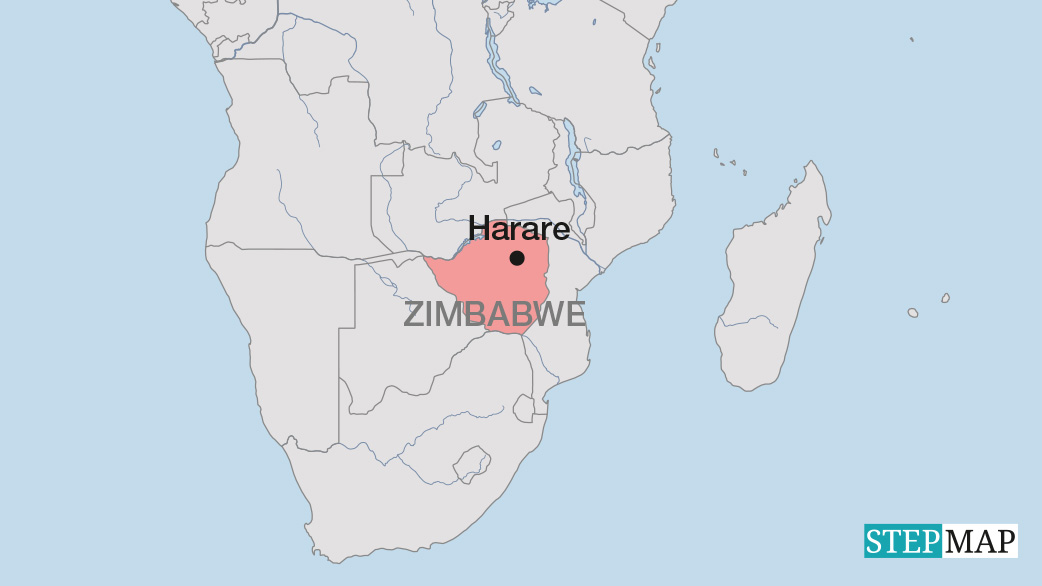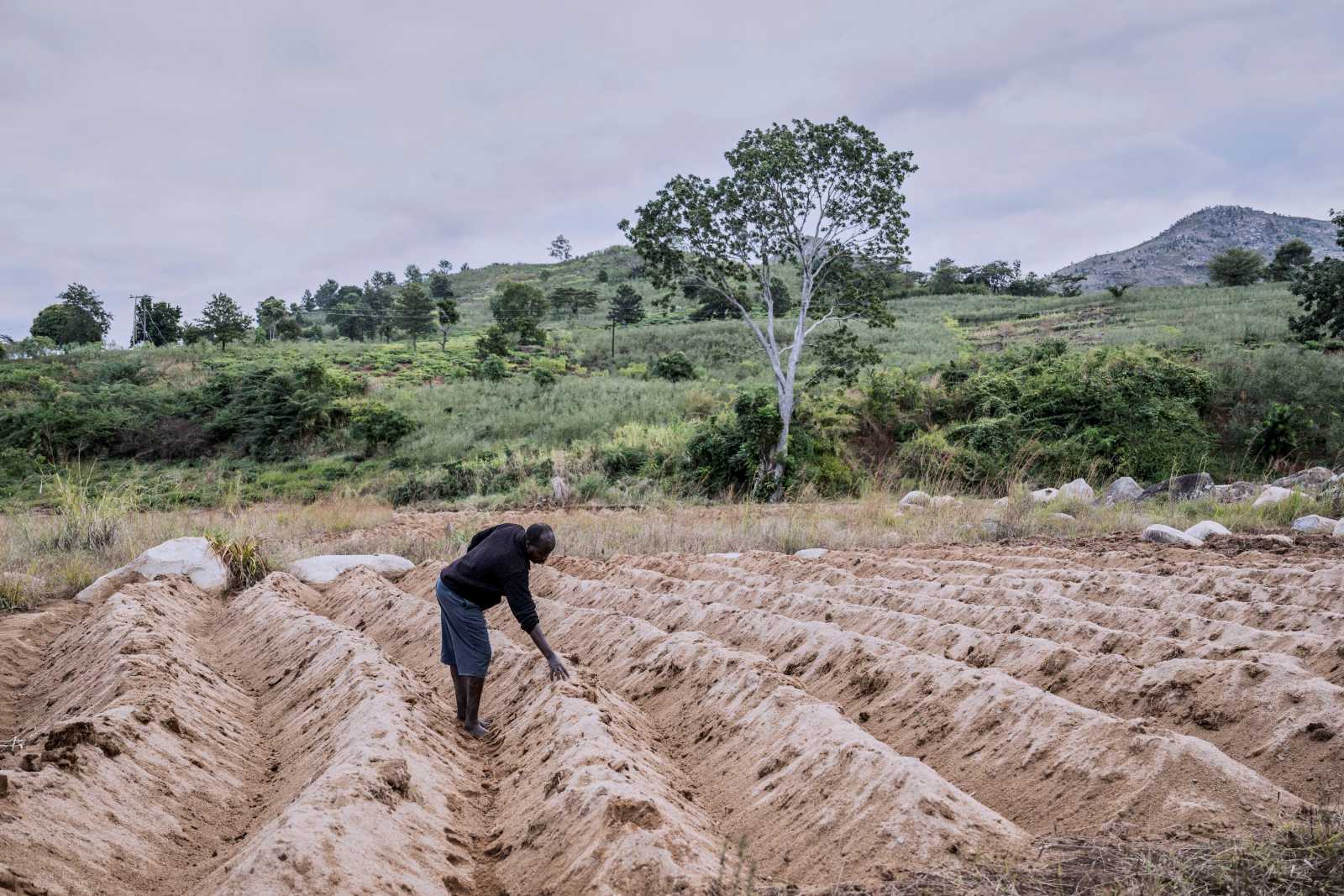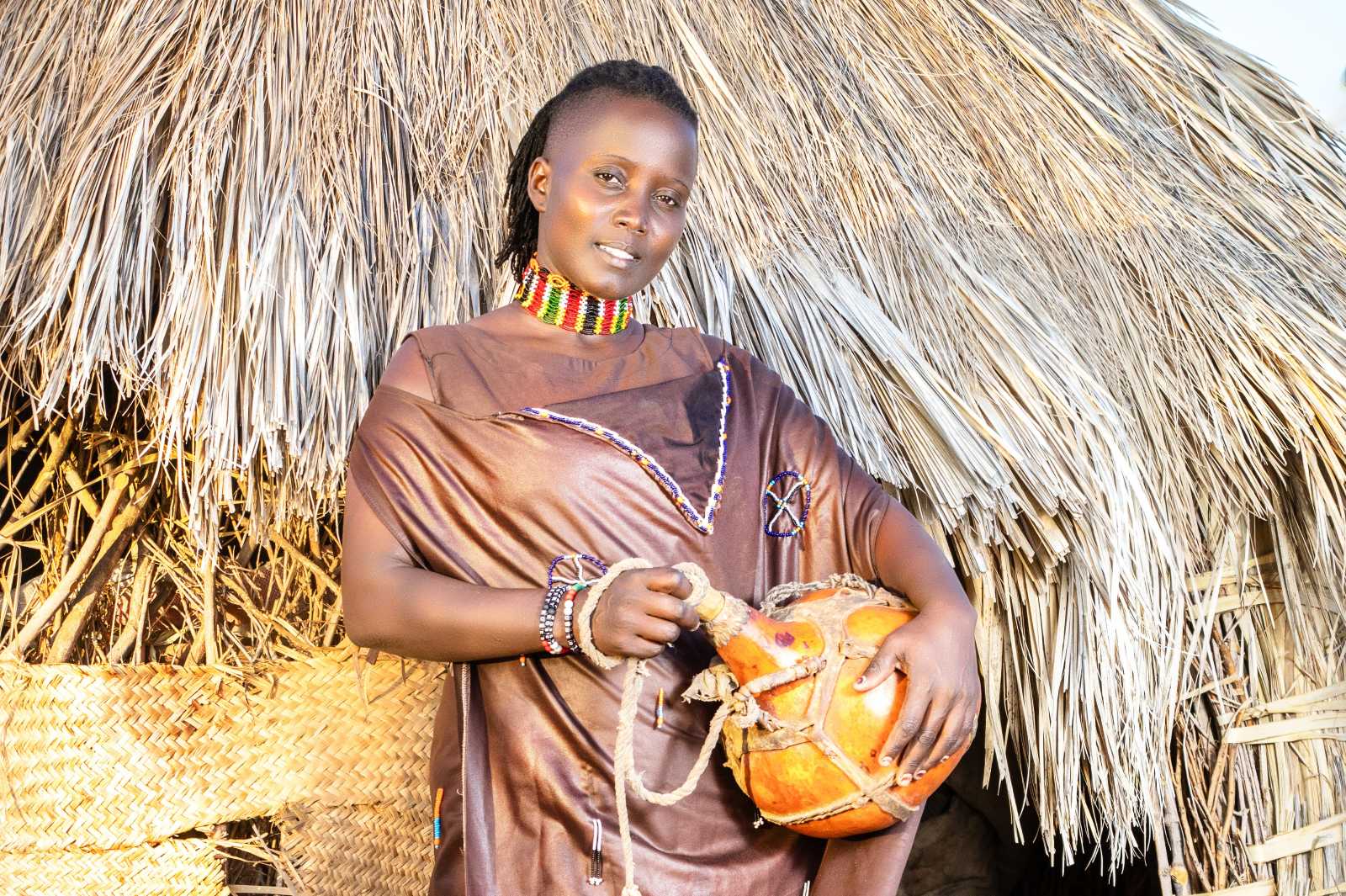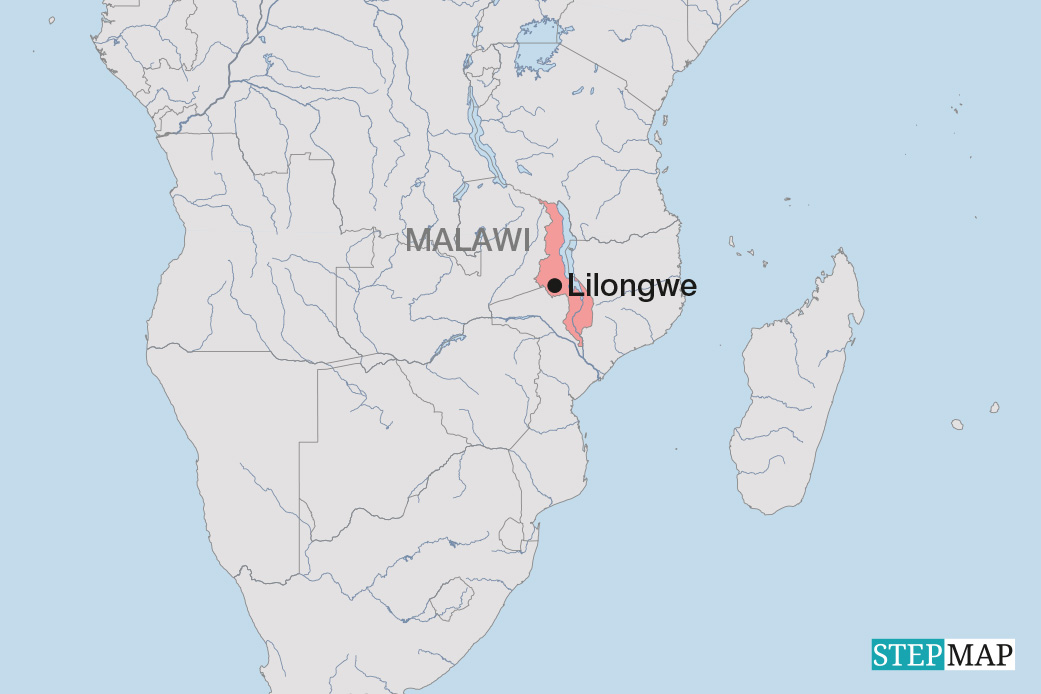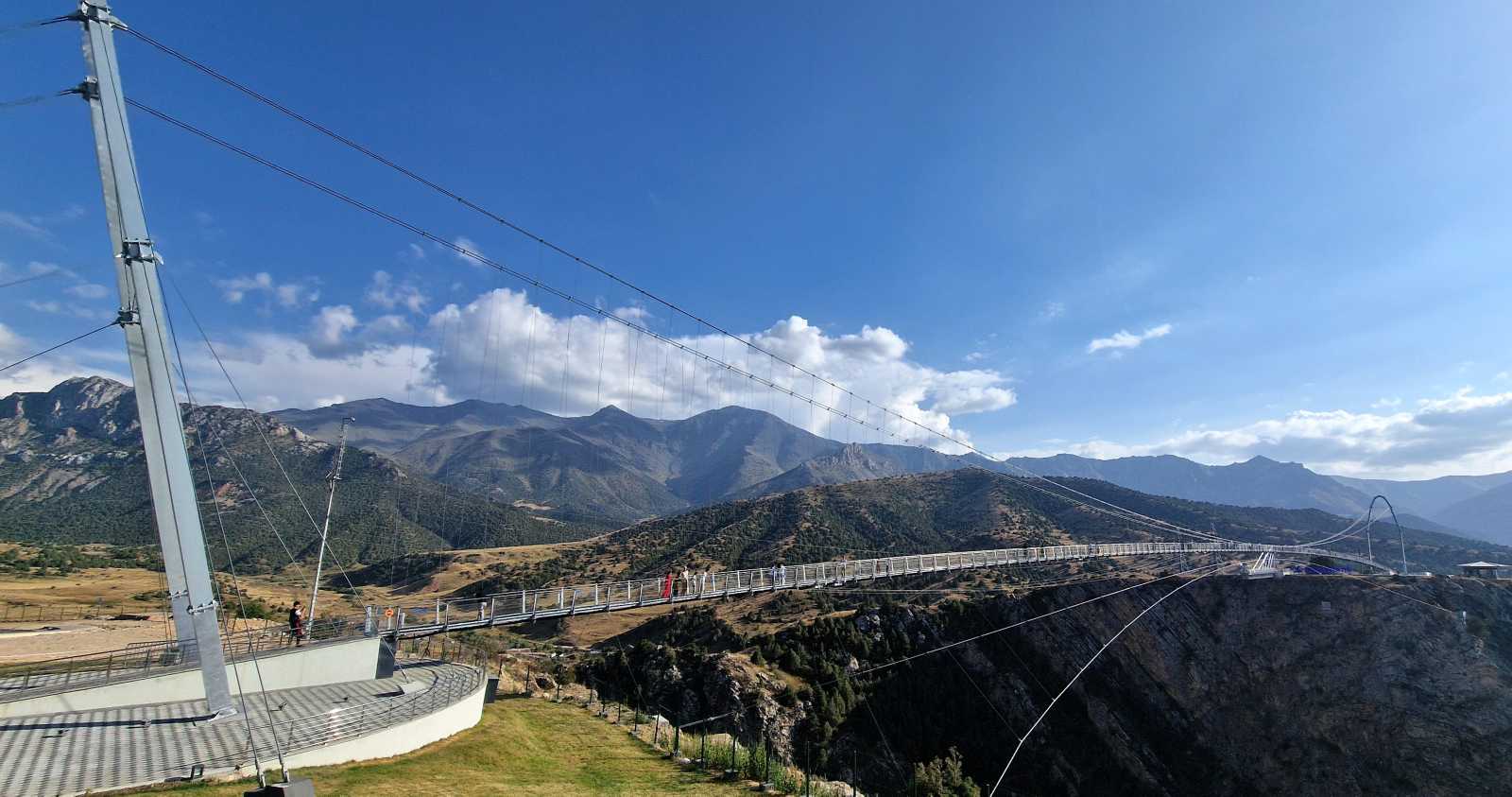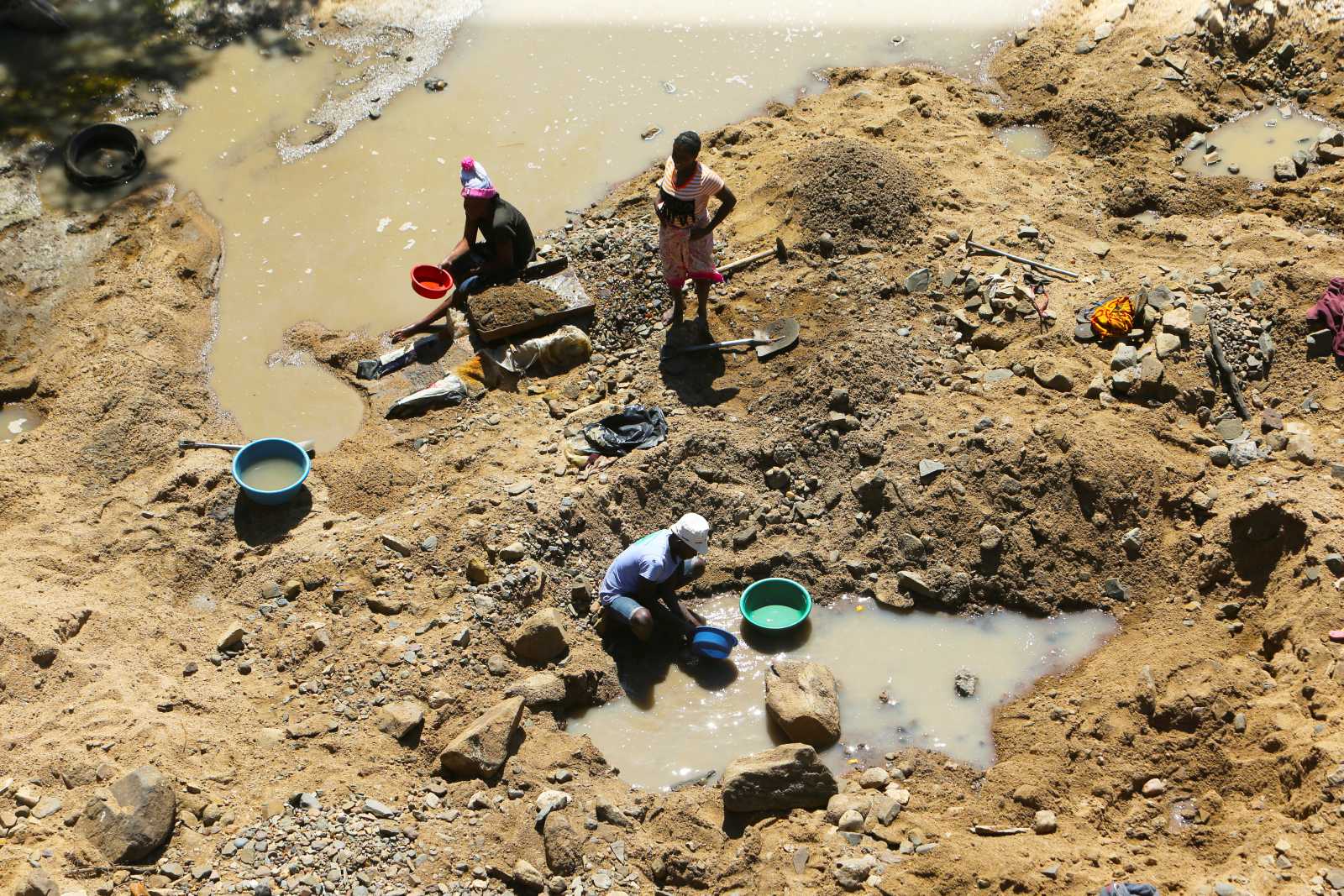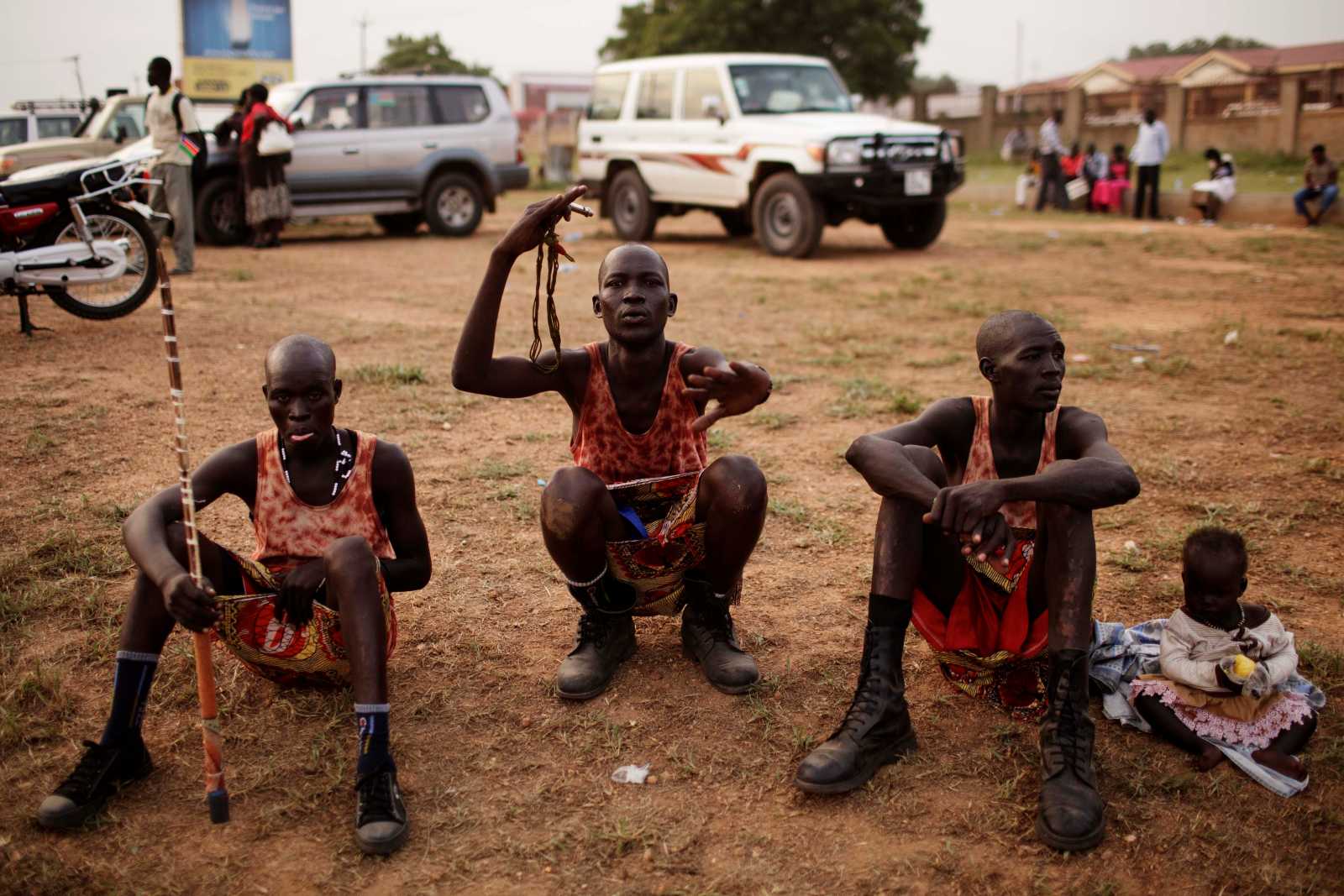Food security
Small grains and new methods bring resilience to Zimbabwean farmers
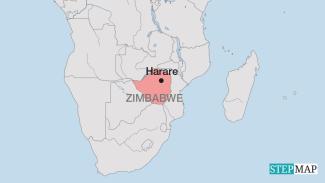
Many farmers in Zimbabwe have long practised traditional forms of agriculture. However, after generations of use and under the strain of extreme weather events such as El Niño-induced droughts, both soils and seeds have become less productive. As a result, more Zimbabweans, especially in rural areas, are at risk of hunger.
Memory Mukototse, a 54-year-old mother of five from Kaidza village in the Disctrict of Rushinga in the northern part of Zimbabwe, has avoided growing small, traditional grains for most of her life. Instead, she relied on common cash crops like maize and cotton. But as her yields declined, so did her confidence in these crops. She became open to change.
In 2020, Mukototse joined a farmer group participating in conservation-farming trials under the R4 Rural Resilience Initiative, led by the World Food Programme . As part of the initiative, 10 farmers grow drought-tolerant varieties such as sorghum, millet and cowpeas using conservation-agriculture methods on a 0.2-hectare plot. On another plot, they apply conventional-farming techniques to compare outcomes.
New methods, better harvests
Conservation agriculture involves practices like minimum soil disturbance, crop rotation and maintaining ground cover to improve soil health and water retention. Conventional farming, by contrast, includes traditional methods such as regularly tilling the soil when cropping. The programme supports farmers in replicating these comparisons using a range of techniques.
Mukototse’s results have already been encouraging. During the difficult 2023/2024 farming season, she was able to reap a good harvest despite the ongoing drought. Many other farmers across Zimbabwe struggled with the impacts of El Niño, pushing large parts of the population towards hunger. “Small grains under conservation agriculture are the best. They mature early and are drought resistant,” Mukototse says. “My maize crop withered due to the heat last year.”
Christian Thierfelder , a cropping-systems agronomist at the non-profit international agricultural-research organisation CIMMYT , explains that research in southern Africa has traditionally been conducted in centralised stations, often without involving farmers. “The result of that research is then often not applicable to their circumstances and contexts,” he says. “So, we decided to move research closer to the farmers – in their fields.”
CIMMYT promotes conservation agriculture as a climate-smart system. Thierfelder notes that this approach benefits both researchers and farmers , as results are measured and analysed over multiple seasons.
Sharing knowledge and boosting community resilience
In nearby Mangwanda village, smallholder farmer Getrude Dzizi says the same method helped her feed her family and even sell surplus grain during the recent drought. “We coordinate as a group. This farming practice is better. With conventional farming, I get less than half of what I get from conservation farming,” she says.
Mukototse and her peers analyse their harvests each season and share the findings with their wider community. Many more farmers are already applying the lessons learned on their own small plots.
Thierfelder adds that exchange visits and seed fairs help farmers spread knowledge and build confidence. “We realise that farmers learn much better from their peers – from others who speak the same language and have the same experiences,” he says.
Farai Shawn Matiashe is a journalist in Mutare, Zimbabwe.
matiashefarai@gmail.com

